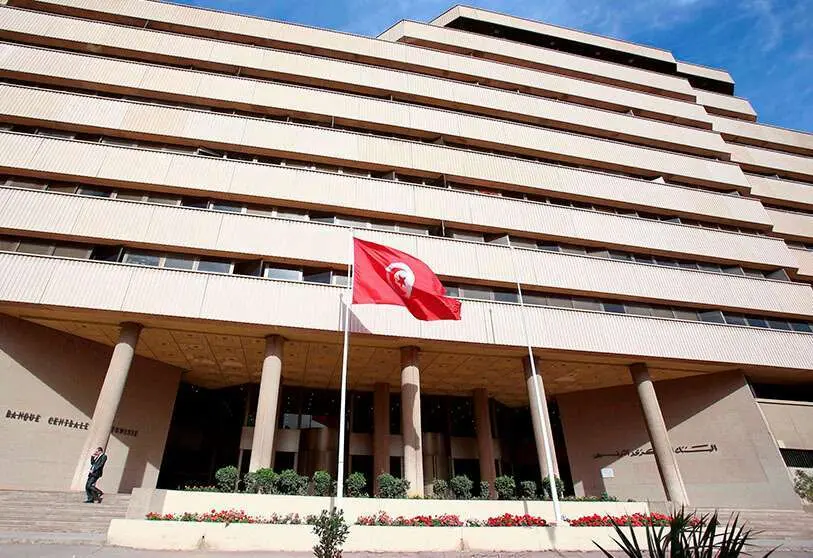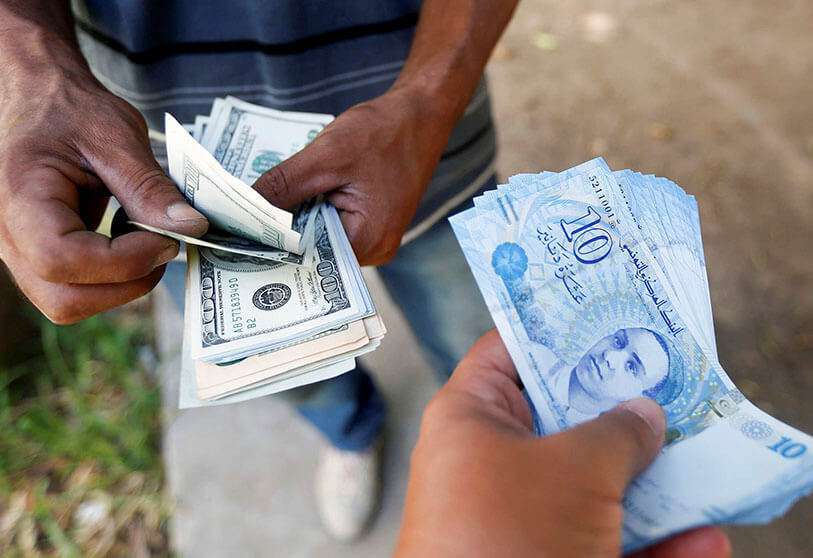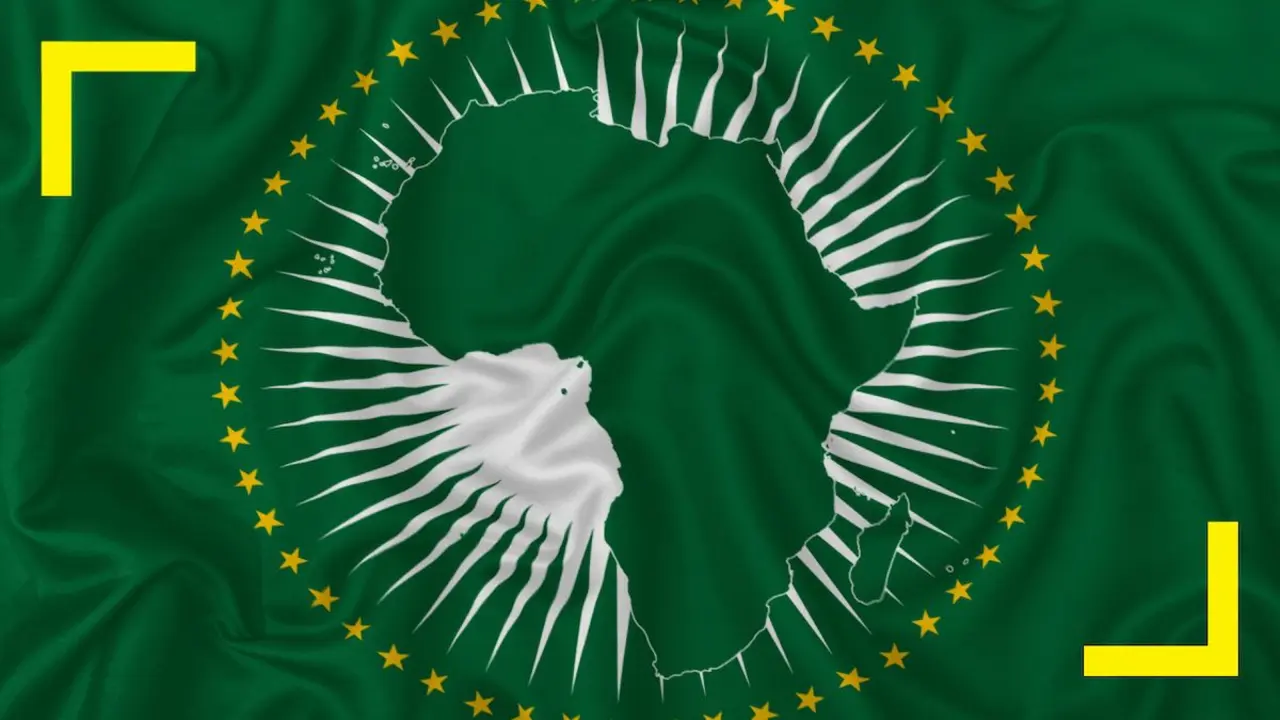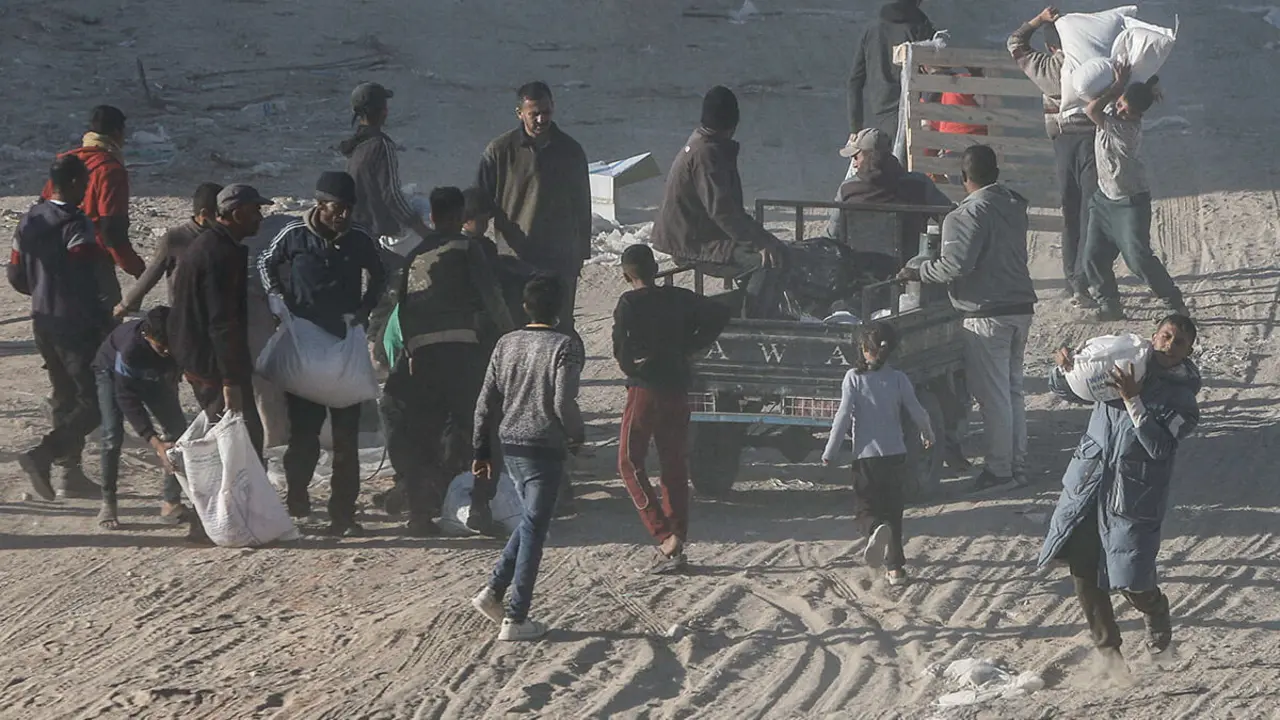Tunisia's economic challenges for 2020

In an October update to its economic forecast, the IMF announced it was expecting Tunisia’s GDP to grow by 1.5% in 2019, down on the 2.5% expansion recorded in 2018. However, growth should pick up in 2020, with the World Bank expecting a growth rate of 2.2% for the year, lower than the projected MENA average of 2.6%.
In 2019 the inflation rate stood at 6.7%, slightly down from 7.3% in 2018, due to moderating prices in areas including food, transport, entertainment and culture, and education. While these figures will not be enough to completely overcome the challenges that Tunisia faces, including a 15.3% unemployment rate, it provides some measure of hope as various sectors face better prospects in the new year.
The slowing GDP growth rate can be explained by several elements. Combined with a low yield in the olive oil segment, which affected agri-business exports, weaker global demand, including from the eurozone – Tunisia's main export destination – caused manufacturing to contract by 4.7% year-on-year (y-o-y) during the first eight months of 2019.
Similarly, energy sector output decreased by 8.1% y-o-y over the same period due to lower production of hydrocarbons. These results were moderated by growth in other segments, however, including mining and chemicals, at 8.8% and 4.5% y-o-y, respectively.
Meanwhile, in the agriculture sector, exports generally contracted as a result of lower yields across a range of products. As an indication of the slower growth, the added value of the sector grew by 3.1% in the third quarter of 2019, down from 8.7% for the same period in 2018. Record cereal harvests totalling 2.4m tonnes somewhat compensated for the 39.6% drop in olive oil production. However, due to the higher added value of olive oil in Tunisian exports, the food trade deficit widened by 279% y-o-y over the first nine months of 2019.
Tourism, meanwhile, is continuing its revival after years of instability, having generated TD4.4bn ($1.6bn) between January and September, a y-o-y growth rate of 41.9%. A pillar of the services sector, it accounts for around 14% of GDP, providing employment for over 2m in a country of around 11.6m people.

The government also continued long-standing efforts to improve the business climate in 2019. In April the Tunisian legislative assembly adopted the Transversal Law, designed to increase transparency, simplify administrative procedures, improve investment dispute mitigation processes and bolster access to finance.
The legislation is in line with the country’s efforts to attract foreign direct investment and encourage the growth of public-private partnerships. It also dovetails with other attempts at engaging entrepreneurs, such as the Start-up Act of 2018, which aims to incentivise newer, technology-based activities.
Tunisia was ranked 78th out of 190 countries in the World Bank’s 2020 ease of doing business index, up two spots on the previous year.
Looking ahead, one of the main objectives of the 2020 budget, released on September 30, before the elections, will be to reduce the deficit and keep public debt in check. The government is targeting a deficit equivalent to 3% of GDP in 2020, down from last year’s 3.9% target. Meanwhile, in a boost for broader economic activity, the Nawara gas field should become operational over the course of the year, offering new energy resources to the country.








